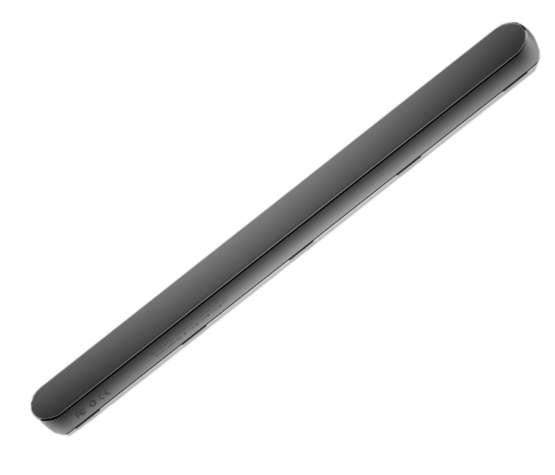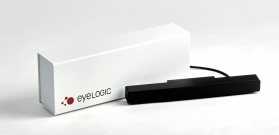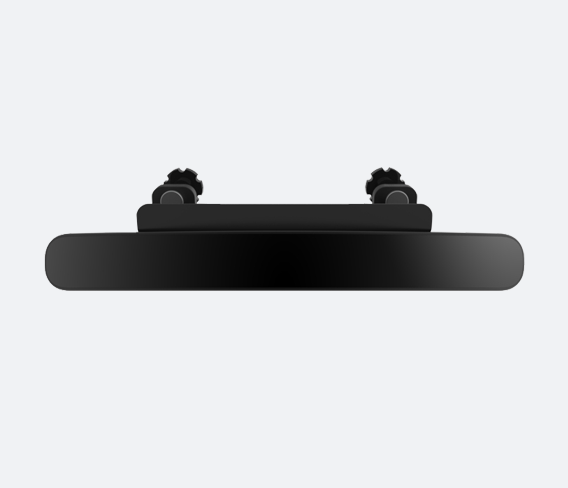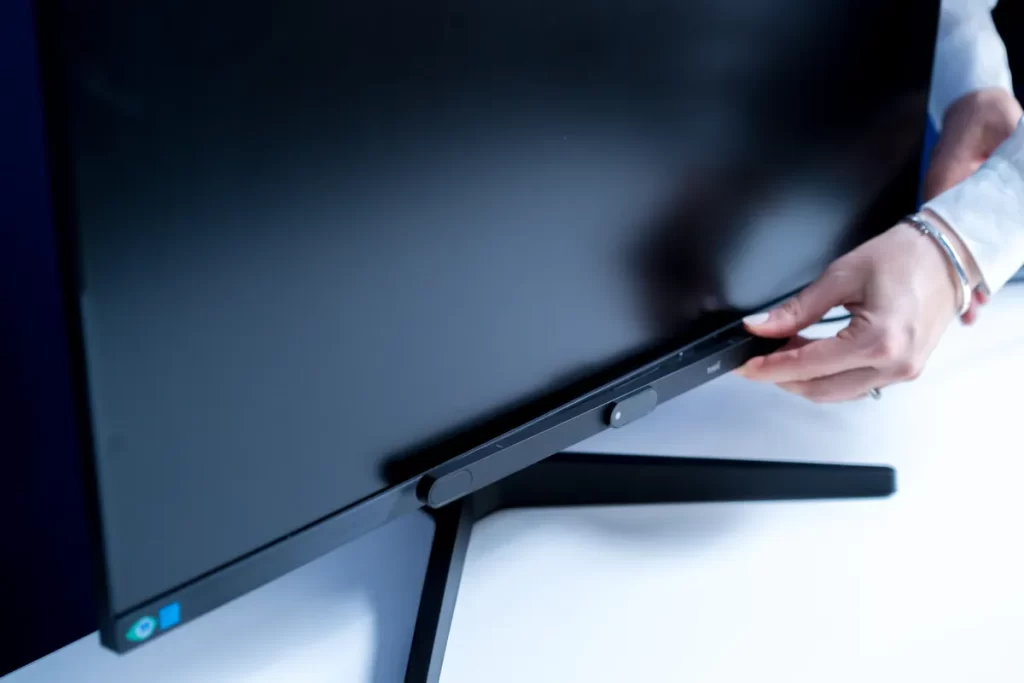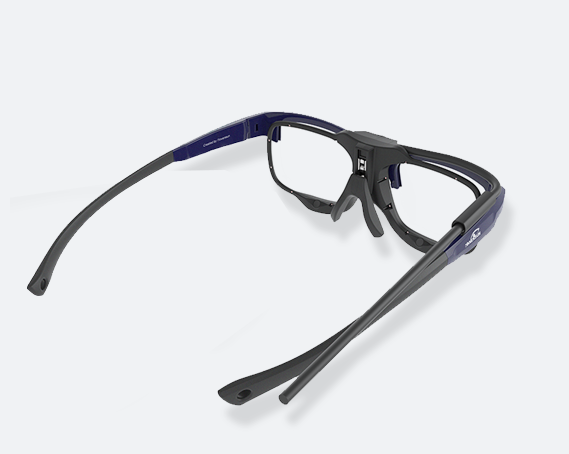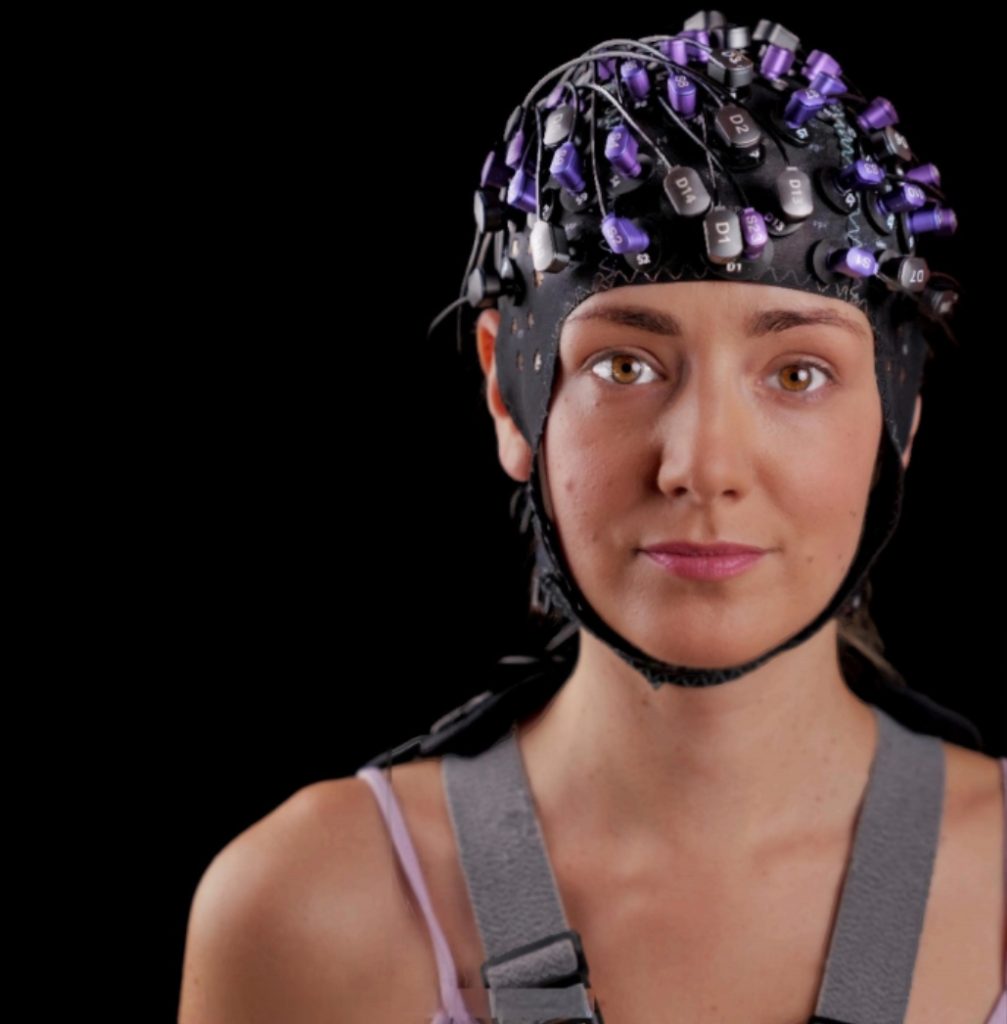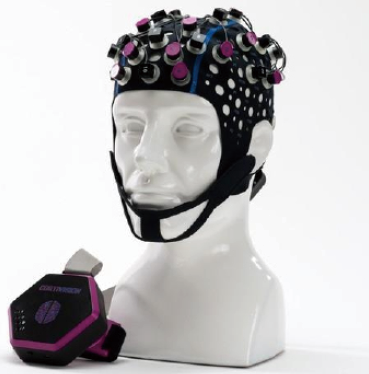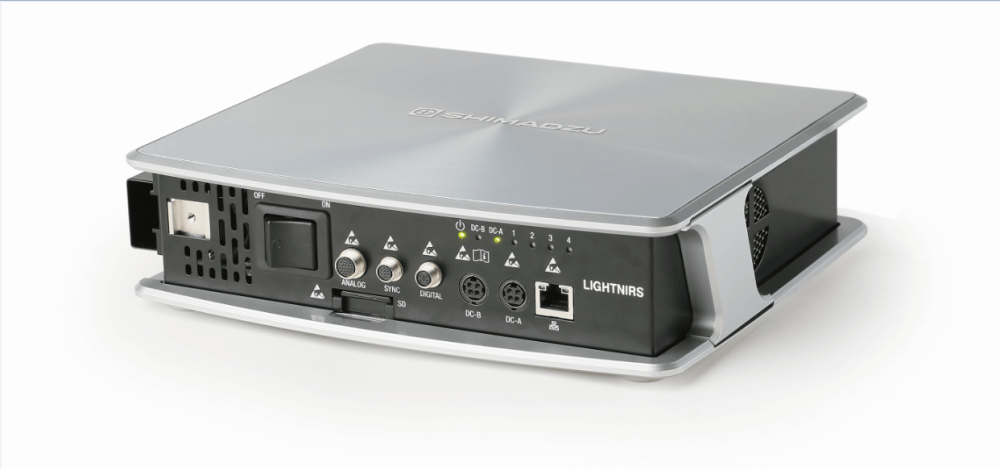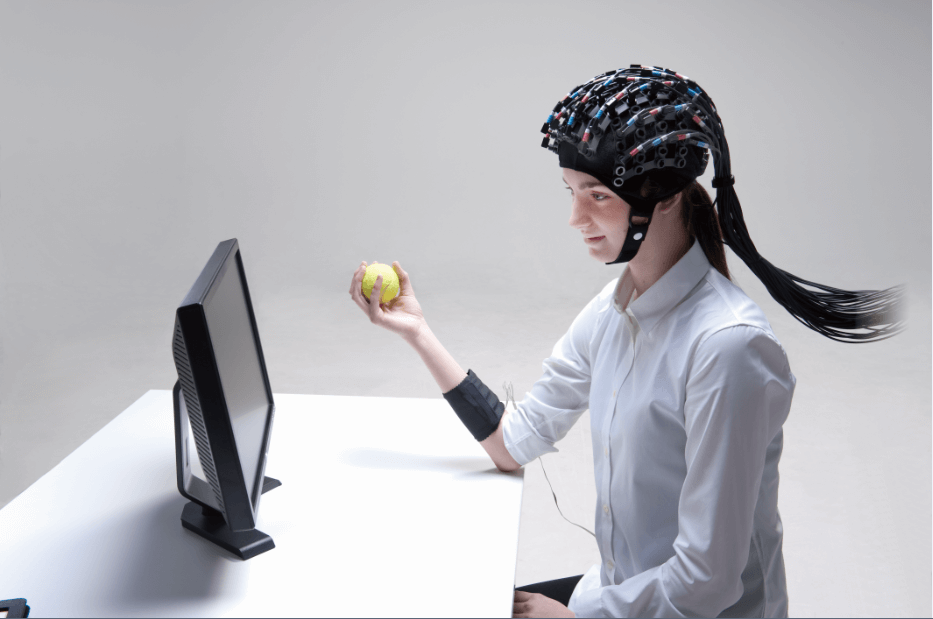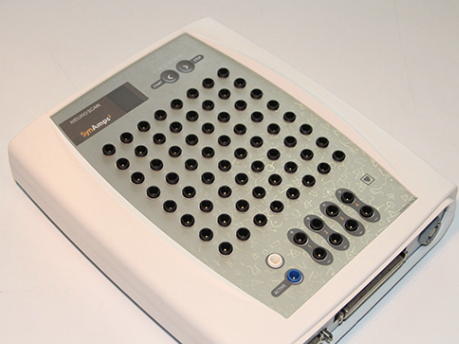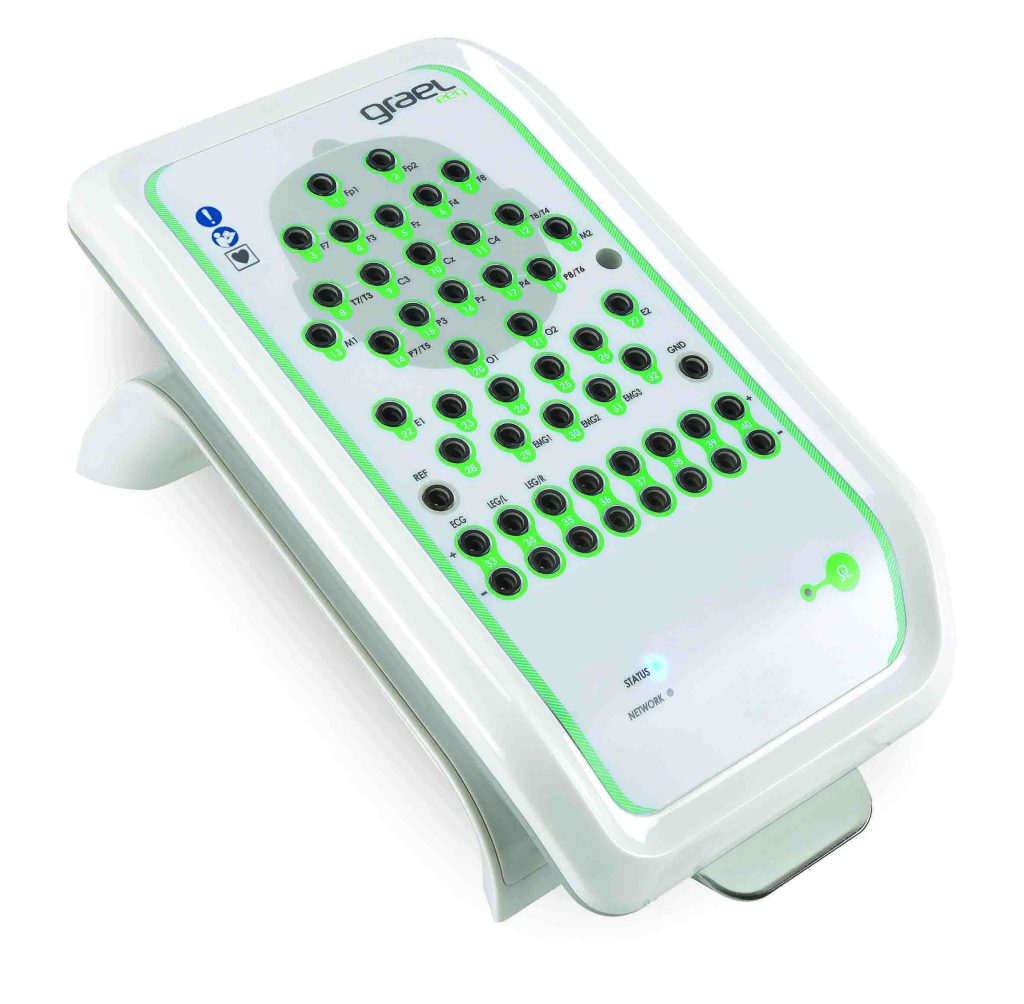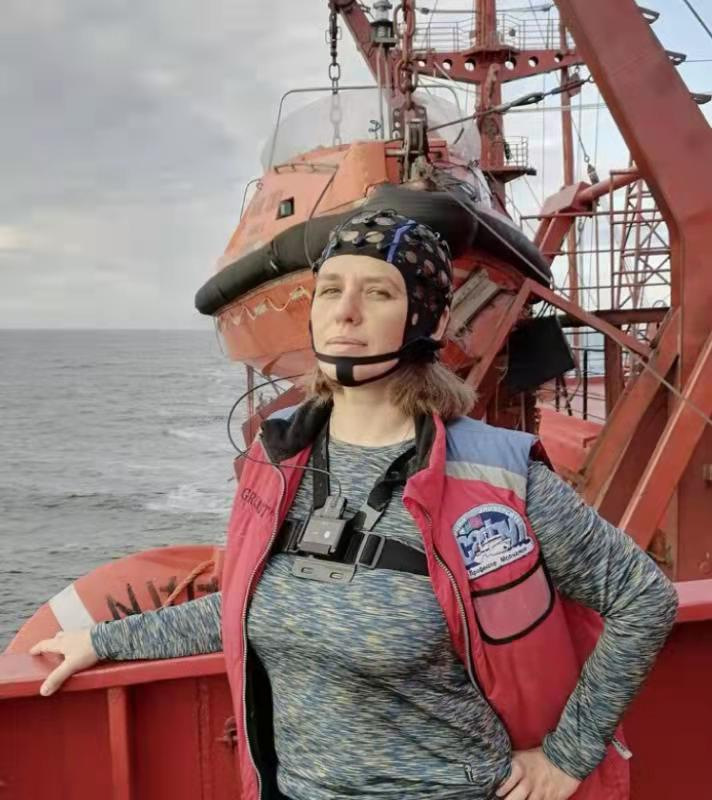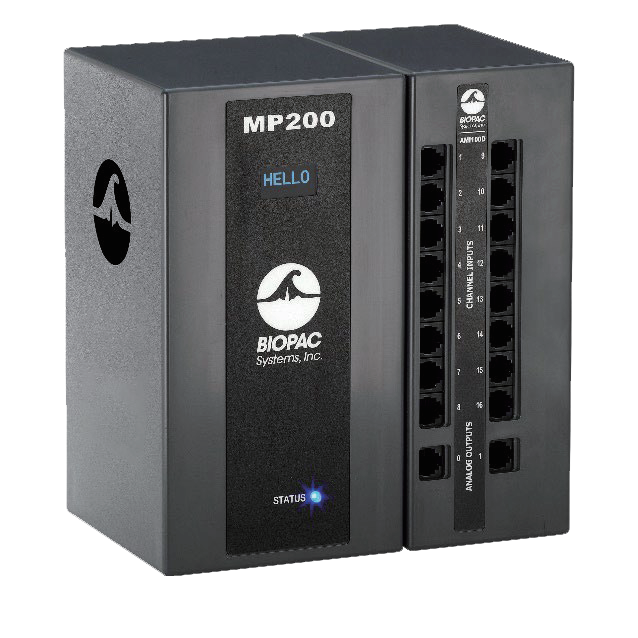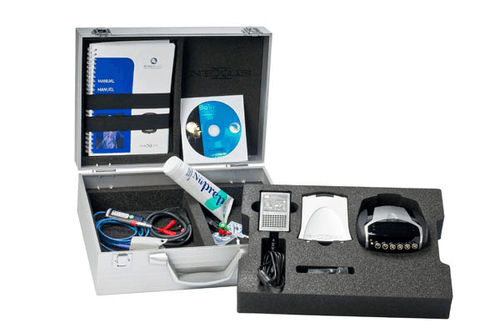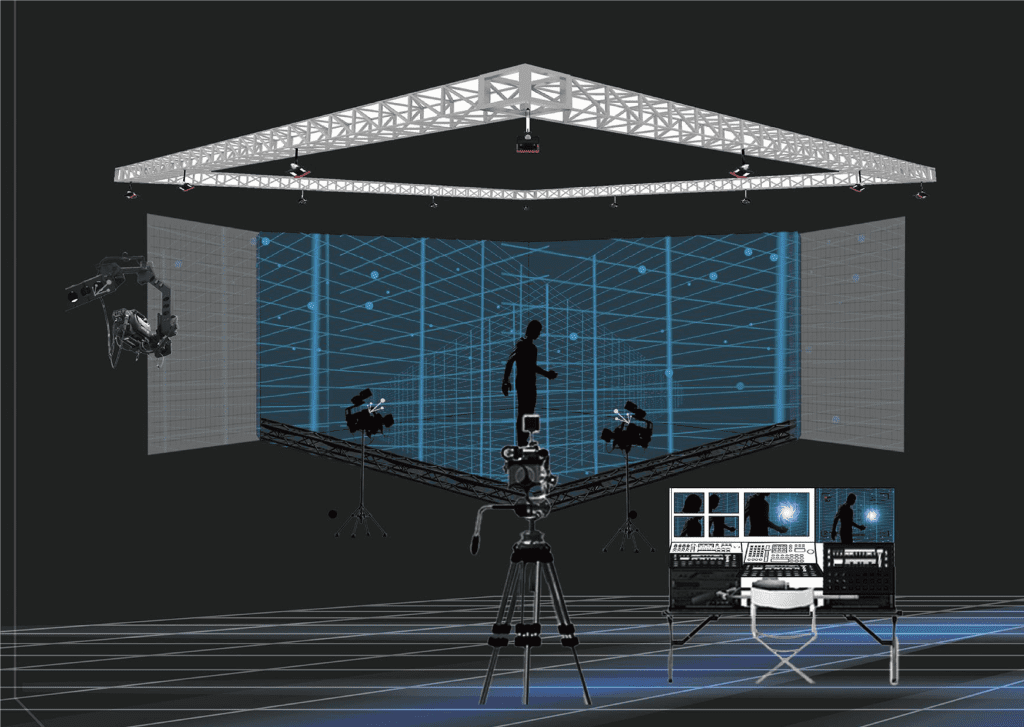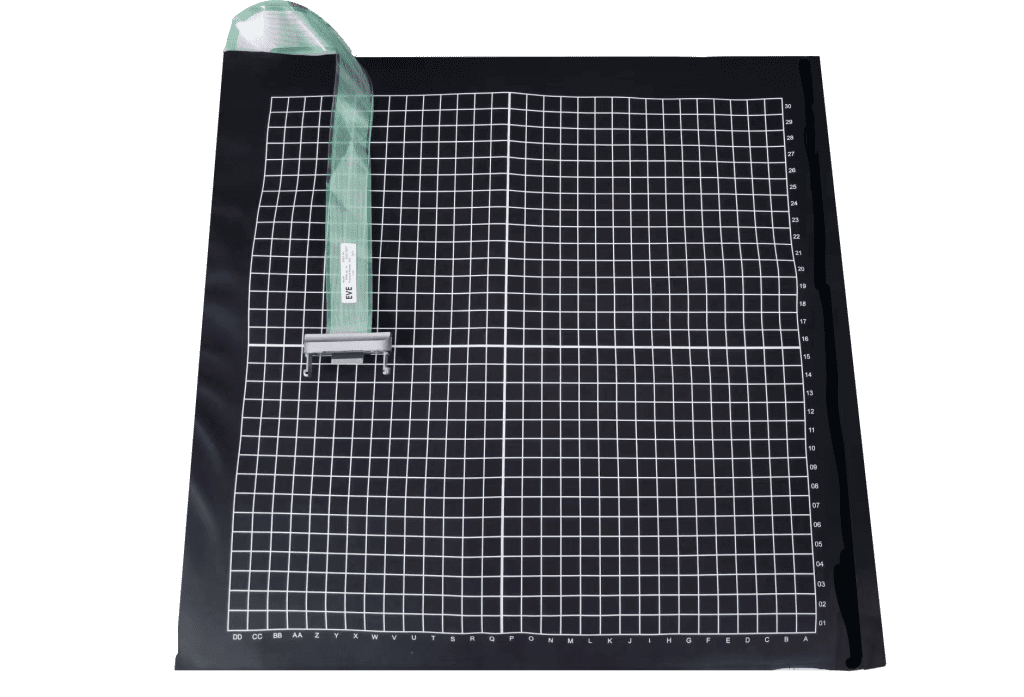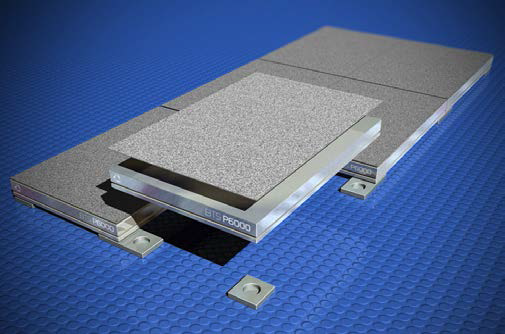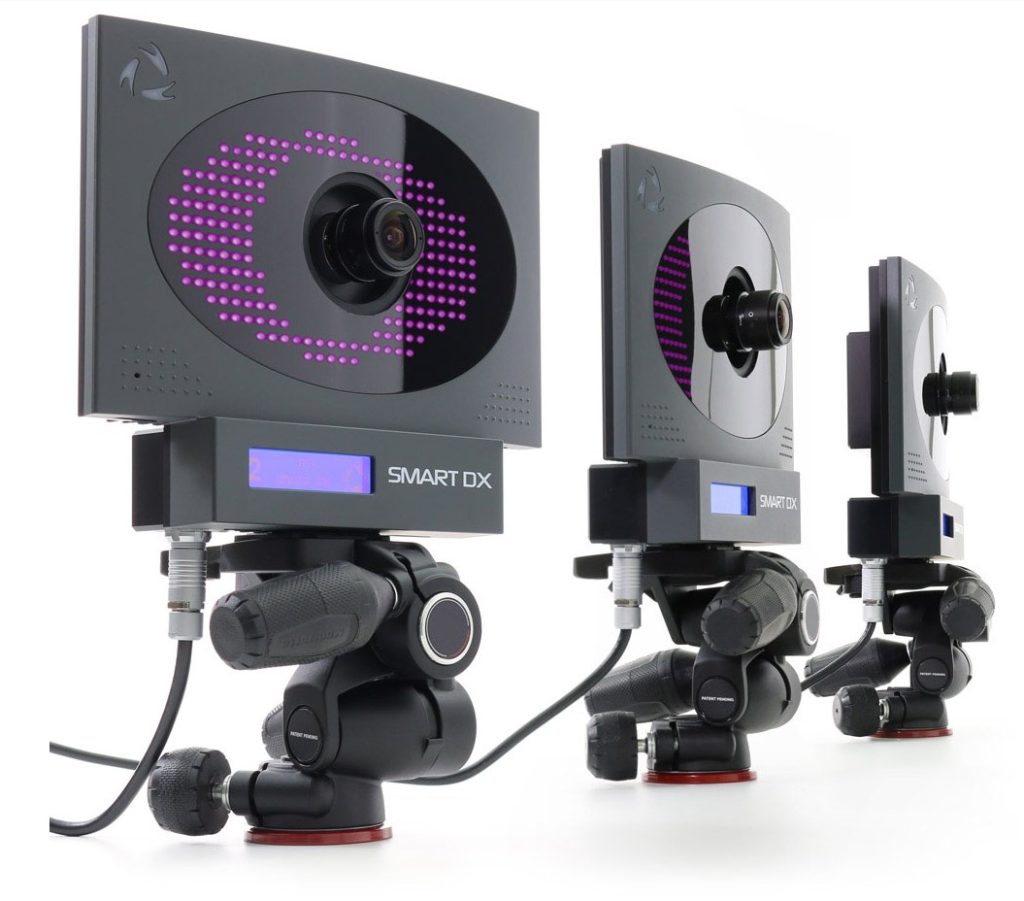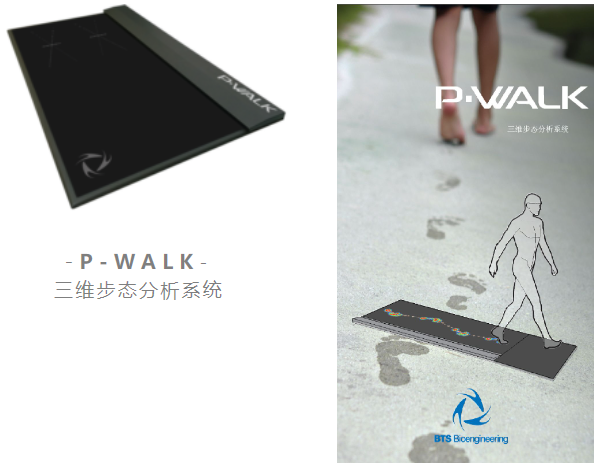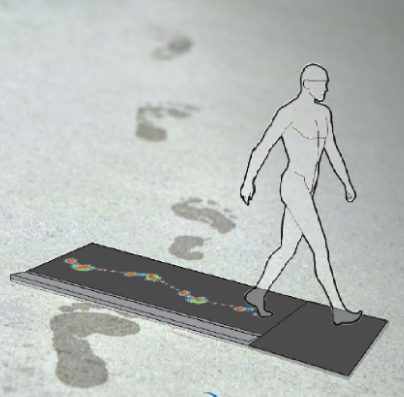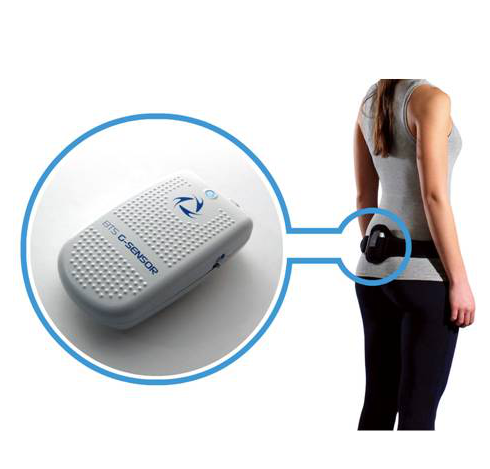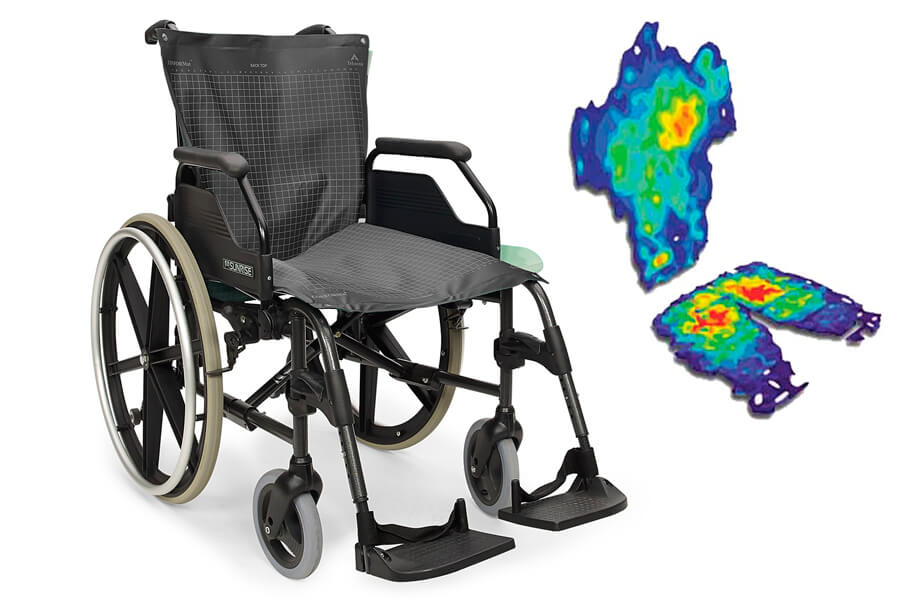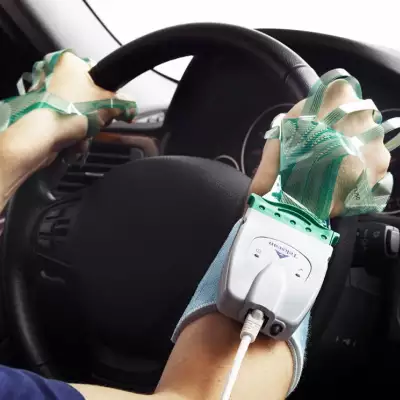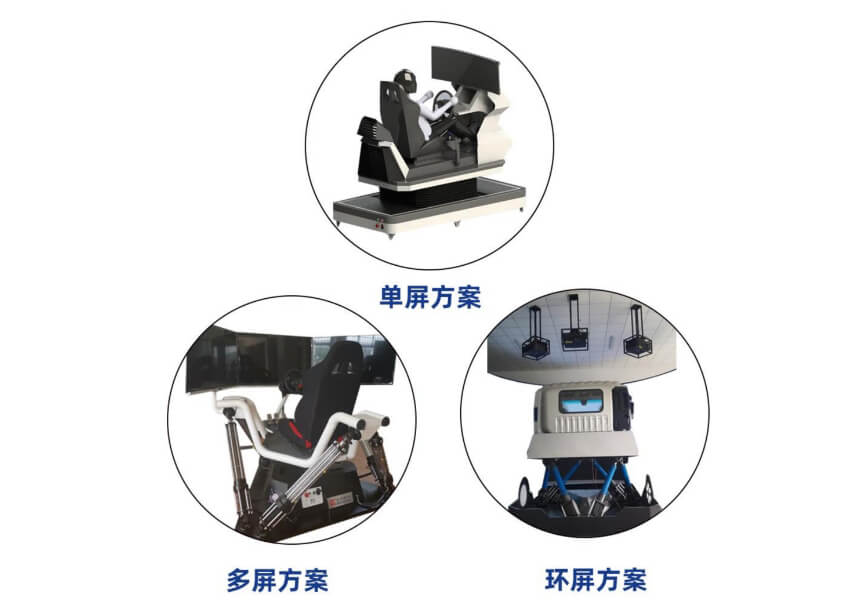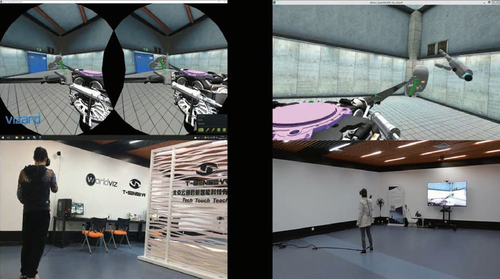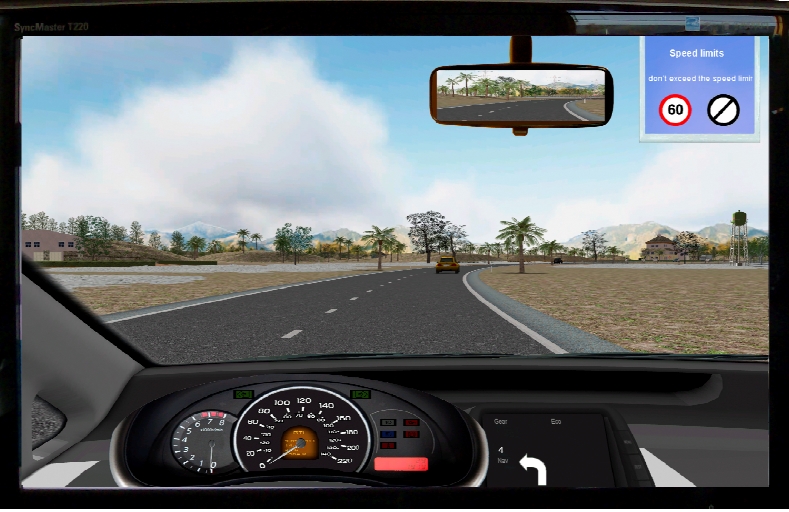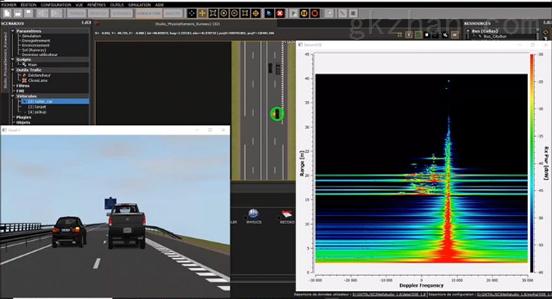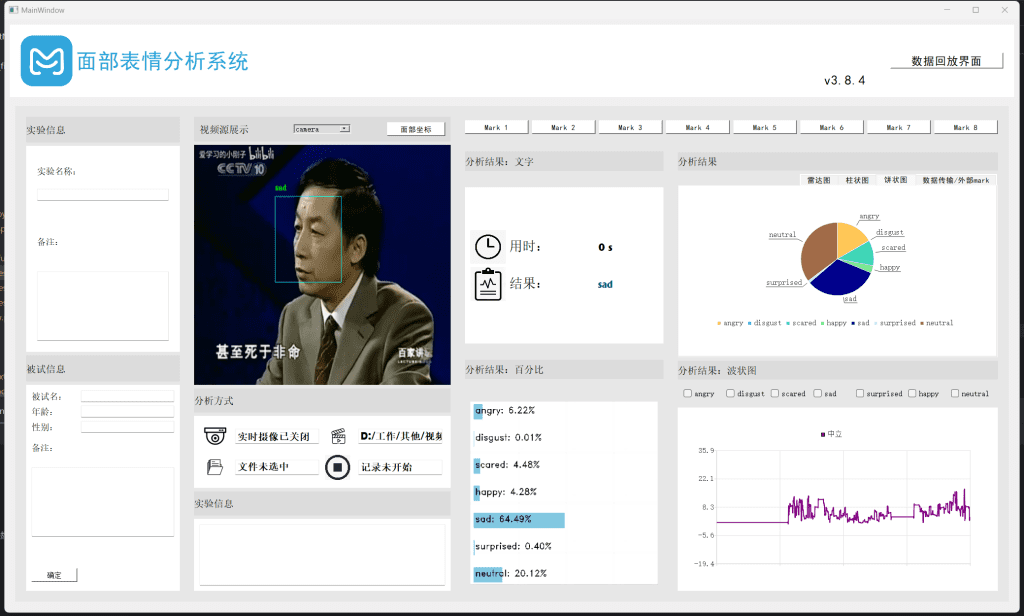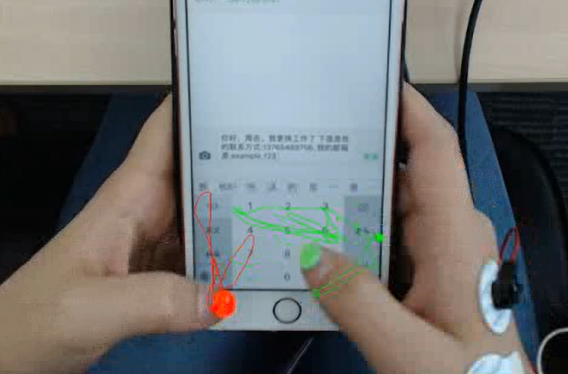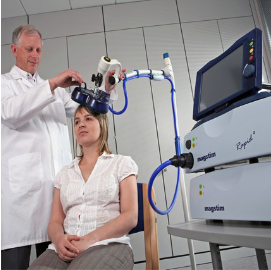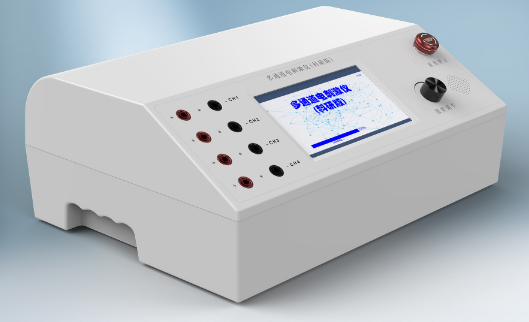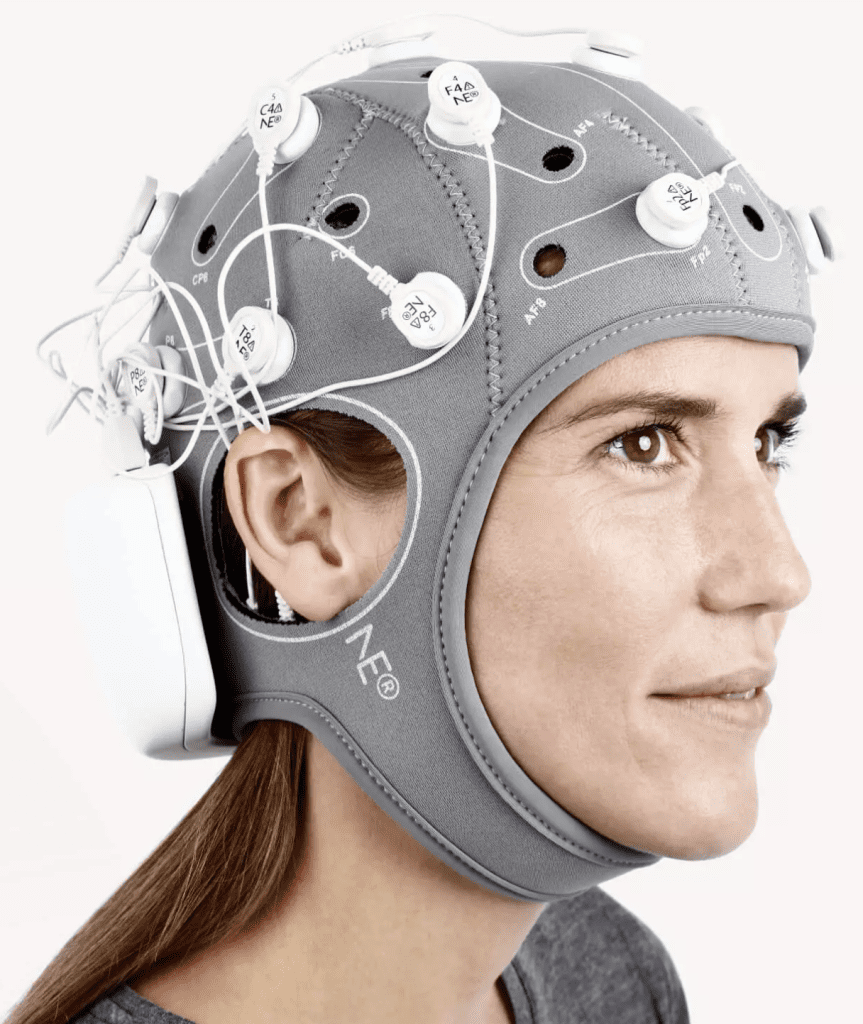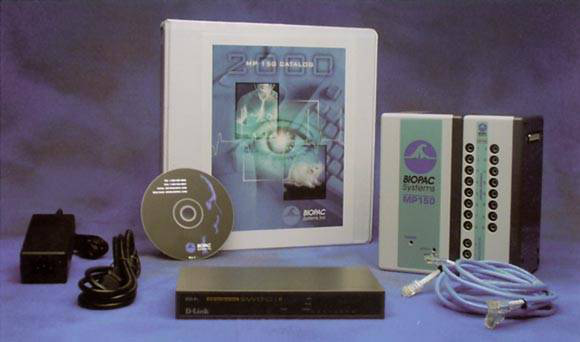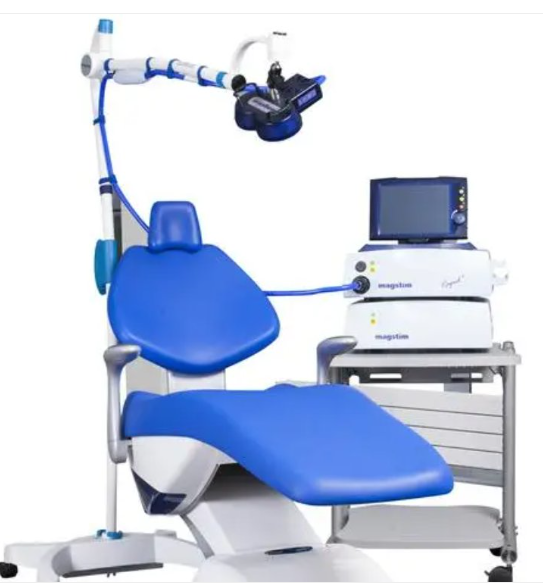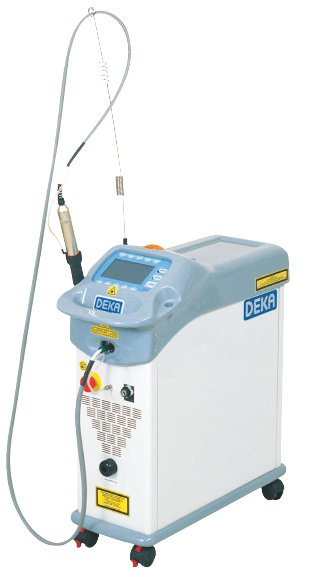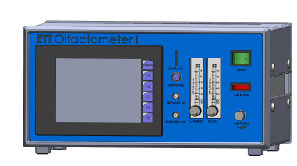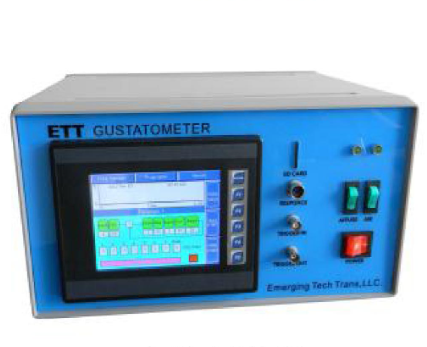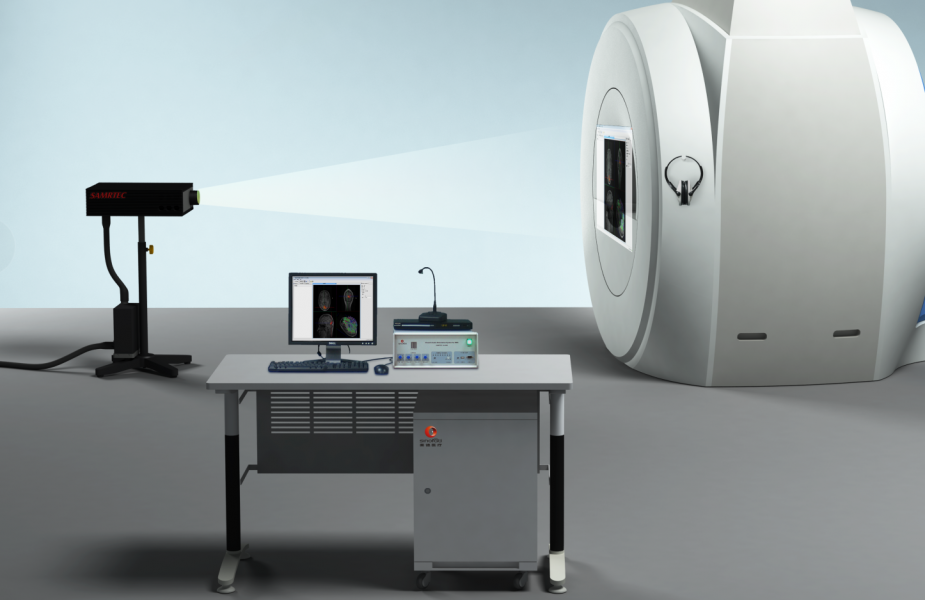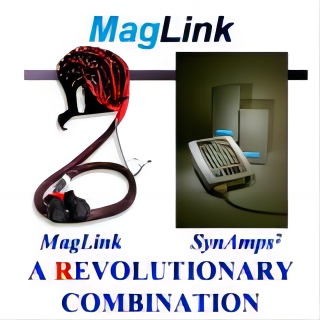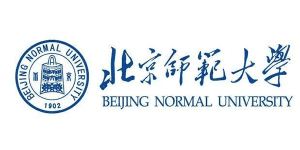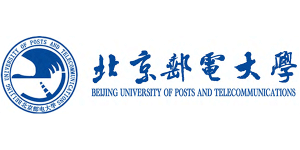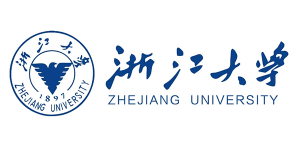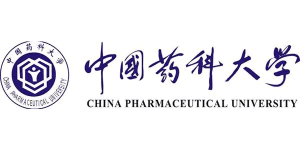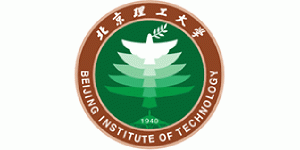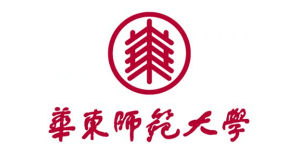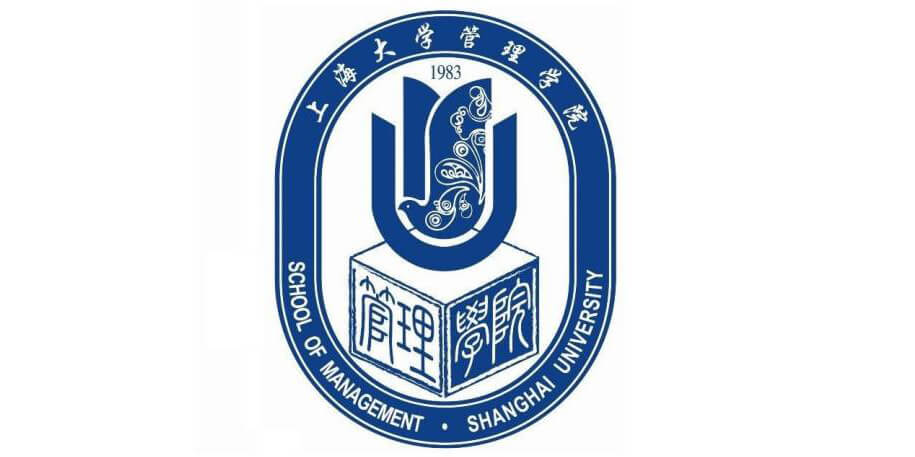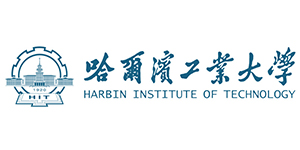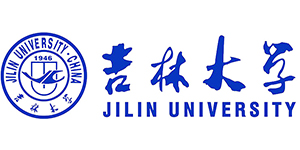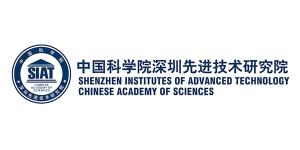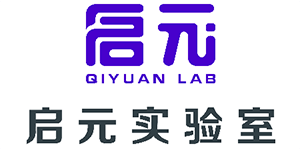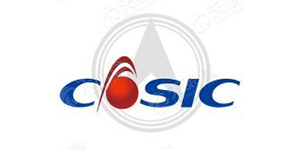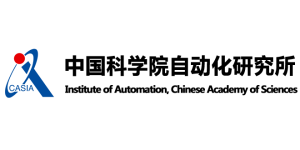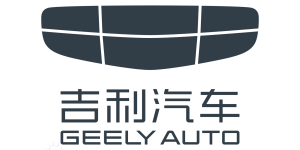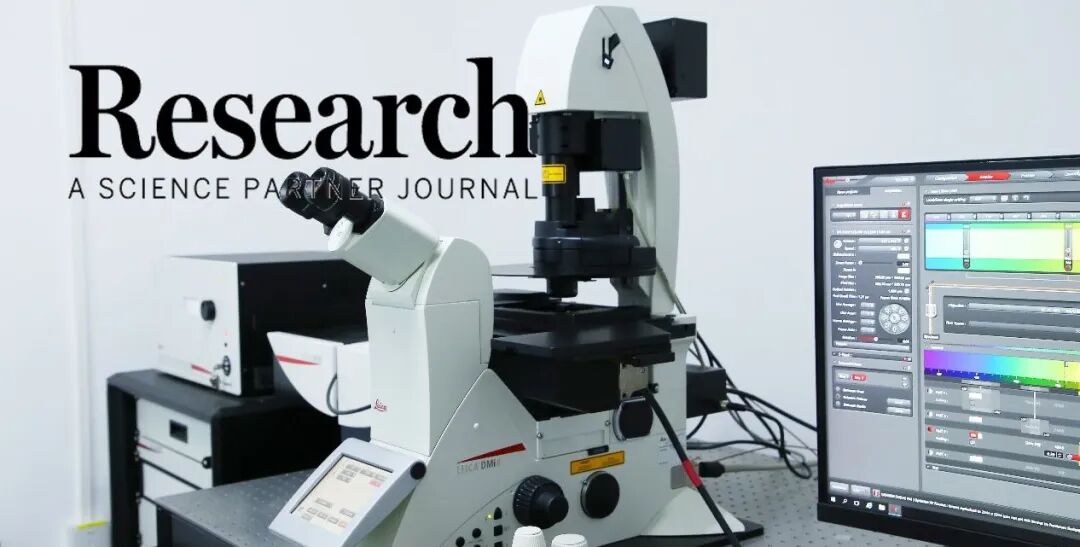


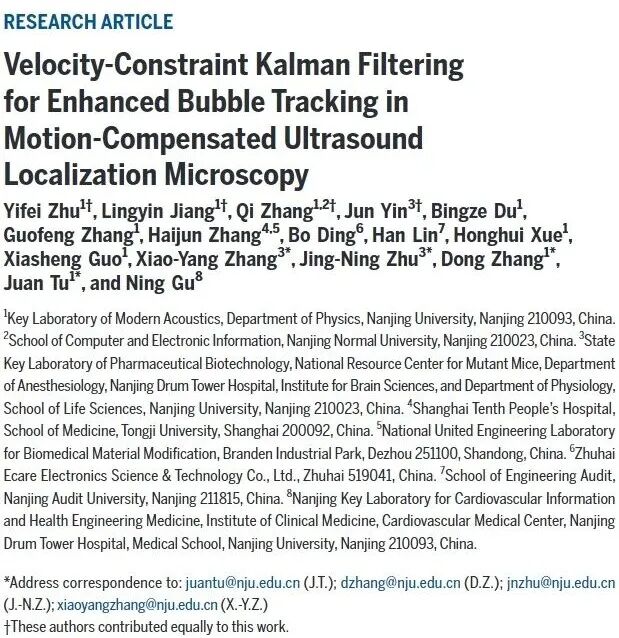


Prof. Tu Juan, Prof. Zhu Jingning, and Academician Gu Ning's group at Nanjing University have jointly proposed an ultrafast ultrasound localization microimaging algorithm based on velocity constraints and motion compensation, and have realized super-resolution imaging of microvascular networks in rat brain, kidney, and other organs, and have drawn a high-resolution "life microscopic pathway map", which provides a new imaging tool for basic medical research and diagnosis and treatment of major diseases related to cardio-cerebral and microcirculatory systems. This provides a new imaging tool for basic medical research and diagnosis and treatment of major diseases related to cardiovascular, cerebrovascular and microcirculatory systems. The work entitled "Velocity-Constraint Kalman Filtering for Enhanced Bubble Tracking in Motion Compensated Ultrasound Localization Microscopy" was recently published in the journal "Velocity-Constraint Kalman Filtering for Enhanced Bubble Tracking in Motion Compensated Ultrasound Localization Microscopy. "This work was recently published inResearchJournal (2025, 8:0725, DOI: 10.34133/research.0725).
Citation.Zhu Y, Jiang L, Zhang Q,Yin J, Du B, Zhang G, Zhang H, Ding B,Lin H, Xue H, et al. Velocity-ConstraintKalman Filtering for Enhanced BubbleTracking in Motion -CompensatedUltrasound Localization Microscopy.Research 2025;8:Article 0725. https://doi.org/10.34133/research.0725
I. Background of the study
Ultrasonography has become an important tool for clinical diagnosis because it is safe and non-invasive, free of ionizing radiation, and easy to operate. However, there is a key bottleneck in traditional ultrasound imaging technology, i.e., limited by the physical diffraction limit, its spatial resolution is difficult to clearly display the tiny microcirculatory vascular networks inside tissues and organs, which are often one-tenth of the diameter of a hairline, but the changes in their microblood flow distribution are often closely related to major diseases of the heart, brain, liver, kidney and other organs.
The Ultrasound Localization Microscopy (ULM) technique successfully maps high-definition "microvascular pathways" by tracking micron-scale microbubbles of ultrasound contrast agent and accurately depicting the trajectory of these microbubbles. This breakthrough has enabled researchers for the first time to use ultrasound imaging to clearly observe the distribution of fine blood flow in key areas such as brain tissue and tumor microenvironments. However, this technology has encountered several "choke points" in its practical application:
-
"Mistaken identity" problem: When the number of microbubbles is large, the blood flow is fast (e.g., near the heart), or the image is disturbed, it is easy to confuse the microbubble trajectory.
-
The "slow" bottleneck: reconstructing a high-definition angiogram requires a large number of calculations, making it difficult to meet the demand for real-time intraoperative imaging.
-
"Pulsation" interference: Natural movements such as patient breathing and heartbeat can interfere with microbubble signal tracking, resulting in blurred image reconstruction.
These technological bottlenecks have seriously constrained the wide application of ULM in the clinic. Because of this, the development of a new generation of smarter and faster ultrasound localization microimaging technology has become a key challenge that needs to be broken through.
II. Progress of research
In response to the above challenges, the research team at Nanjing University has proposed a key technological breakthrough - a Kalman-filtered ultrasonic localization microscopy imaging (vc-Kalman ULM) algorithm incorporating motion compensation and velocity constraints. The main innovations of the method include:
(1) Velocity constrained Kalman filter tracking algorithm:Firstly, we constructed state vectors containing the spatial location and luminance characteristics of microbubbles, and through the recursive optimization framework of "prediction-matching-correction", combined with the velocity constraint rule, we automatically filtered out the "false signals", and accurately tracked the trajectories of microbubbles. The results of rat brain microvascular imaging (Figure 1) show that vc-Kalman ULM can effectively improve the accuracy of microbubble tracking, clearly display the spatial distribution and movement direction of microvascular network, and precisely quantify the changes in microblood flow velocity.
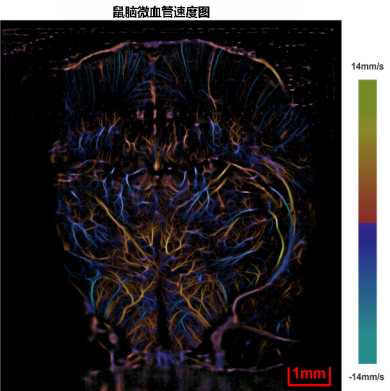


seek1 Rat cranial microvascular velocity map
(2) Adaptive motion compensation mechanism:The combination of dynamic planning and inter-correlation search effectively eliminates image perturbations caused by physiological movements of tissues such as respiration and heartbeat, and ensures that high-precision super-resolution blood flow pathway images can be reconstructed even in organs with large physiological movements such as the heart and kidneys. The experimental results of microblood flow imaging in rat kidney cortex (Fig. 2) show that the dynamic planning-based inter-correlation search process can realize effective motion compensation, successfully suppress the noise and perturbation generated by respiration, heartbeat, and slight tissue movement in rat kidney, clearly display the edge contour of microvessels, and the image signal-to-noise ratio (CNR) and error metrics (nRMSE) are superior to those of the traditional algorithms in all aspects.
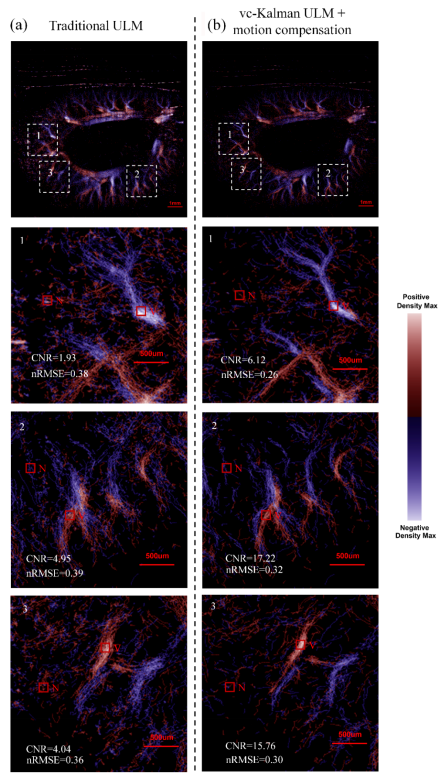


seek2 Rat renal microvascular conventional algorithms andvc-KalmanAlgorithm Comparison
(3) Maintain "stable, accurate and clear" under low frame rate conditions:The vc-Kalman algorithm proposed in this study successfully solves the problem of degradation of trajectory matching accuracy of traditional ULM at low frame rate imaging. By fusing multidimensional information such as microbubble brightness features and history position, reliable microbubble localization and microblood flow imaging can be achieved even at a frame rate of 146 Hz. This breakthrough will significantly reduce the data acquisition and transmission requirements, paving the way for portable devices and intraoperative real-time imaging. Figure 3 demonstrates the comparison of the results between the traditional ULM method and the vc-Kalman ULM method for imaging at different sampling frame rates, and it is obvious that the vc-Kalman algorithm has higher robustness compared with the traditional algorithm.
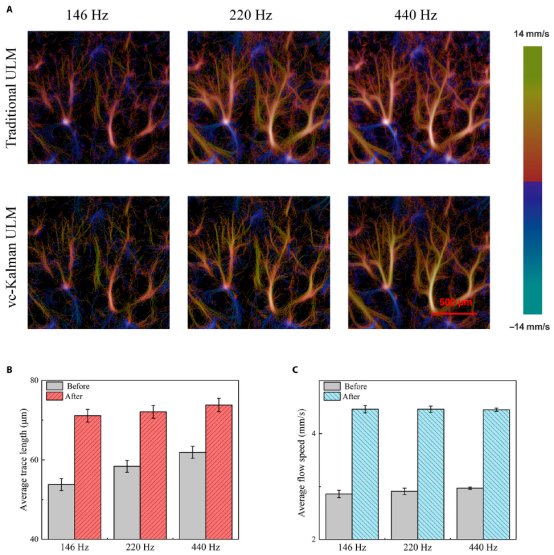


seek3 Under different frame rate conditions, the traditional algorithm andvc-KalmanAlgorithm Comparison Results
III. Future prospects
In the future, the research team will continue to optimize the GPU acceleration scheme based on a more powerful parallel computing architecture, and further explore three-dimensional and multi-channel imaging solutions. Based on these technological innovations, the goal is to achieve ultra-high-speed 3D ULM imaging at 2000 fps, build a portable, high-throughput, high-resolution "ultrasound microscopy platform of the future", and vigorously promote the application of this technology in key clinical scenarios, such as stroke early warning, tumor screening, and intraoperative navigation.
IV. Author profiles



butcher's juanJuan Tu is a professor at the School of Physics, Nanjing University, deputy head of the Department of Acoustic Science and Engineering, executive director of the Acoustical Society of China, Fellow of the Acoustical Society of America, and member of the IEEE Ultrasound in Medicine Technical Committee. Prof. Tu Juan's main research interests include medical ultrasound, nonlinear acoustics, and the application of acoustic cavitation and its related effects in biomedical and other cross-cutting fields. She has received many honors at home and abroad, including the Second Prize of the National Science and Technology Progress Award, the Young Scientist Award of the International Congress of Ultrasound, the Frederic Lizzi Young Scientist Award of the International Society of Therapeutic Ultrasound, the First Prize of the Ministry of Education of China in Natural Science, and the Wei Rongjue Prize of the Acoustical Society of China. International Academic JournalsUltrasonics, J. Acoust. Soc. Am., JASA Express Lett. and BME FrontiersAssociate Editor.
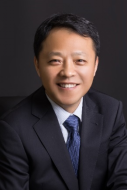


Zhang DongHe is the vice dean of the School of Physics, Nanjing University, and a second-class professor. He is the vice president of the Acoustical Society of China and a member of the advisory board of the International Conference on Nonlinear Acoustics. His main research interests include medical ultrasound, nonlinear acoustics, and acoustic signal processing. He has been selected by the Ministry of Education New Century Excellent Talent Program, Jiangsu Province 333 high-level talent training project second level; approved by the Jiangsu Province, the leader of the scientific and technological innovation team of the Blue Project, Jiangsu Province, higher education institutions of scientific and technological innovation team leader; won the Ministry of Education, higher education institutions of the first prize of natural science awards, the third prize of science and technology in Jiangsu Province, and so on. International Academic JournalsApplied AcousticsAssociate Editor,Acoustical PhysicsEditorial board member, expert of the Medical Device Technical Committee of the State Food and Drug Administration, and other positions.
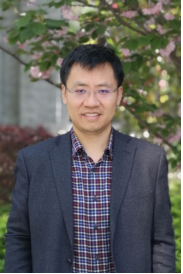


Zhu JingningMr. Wang is a professor and deputy dean of the School of Life Sciences, Nanjing University, and a regular PI of the National Key Laboratory of Pharmaceutical Biotechnology, with his main research interests in the neural mechanisms and prevention strategies of motor diseases and mental disorders. His research interests include neural mechanisms and prevention and treatment strategies of motor diseases and mental disorders. He is the chair of the Science and Technology Innovation 2030 "Brain Science and Brain-Like Research" major project, the National Natural Science Foundation of China (NSFC), the NSFC/RGC joint funding program, and the Jiangsu Provincial Outstanding Young Persons' Fund, among others. His research work has been published inNeuron, Journal of Clinical Investigation, PNAS, Molecular Psychiatry, Science Advances, Current BiologyandAdvanced ScienceHe is also the executive director of the Chinese Physiological Society and the chairman of the Jiangsu Society of Physiological Sciences. He is also the executive director of the Chinese Physiological Society, the executive director of the Chinese Society of Neuroscience, the chairman of the Jiangsu Society of Physiological Sciences, etc., as well asCerebellumAssociate Editor,Journal of PhysiologySenior Editorial Board Member,Neuroscience BulletinEditorial Board and Standing Editorial Board of the Journal of Physiology.
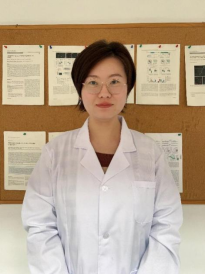


Zhang XiaoyangD., is a Distinguished Researcher at the School of Life Sciences, Nanjing University. He is also a member of the Sensation and Motor Branch of the Chinese Society of Neuroscience, a member of the Vertigo/Vestibular Medicine Branch of the Chinese Society of Geriatrics, the Deputy Secretary General of the Jiangsu Society of Physiological Sciences, the Vice Chairman of the Youth Committee of the Jiangsu Society of Neuroscience, as well as a member of the Youth Editorial Board of the Journal of Physiology. His main research interests are emotion processing, and the neurobiological mechanisms and prevention strategies of major emotional-affective disorders. He is the chairperson of the National Natural Science Foundation of China (NSFC), a sub-project of the National Major Research Instrument Development Program, and the Excellent Youth Fund of Jiangsu Province. His representative research work can be found inNeuron, PNAS, Molecular Psychiatry, Advanced Science, Pharmacological ResearchandBrain Behavior and Immunityand other high-impact academic journals.
Company Profile
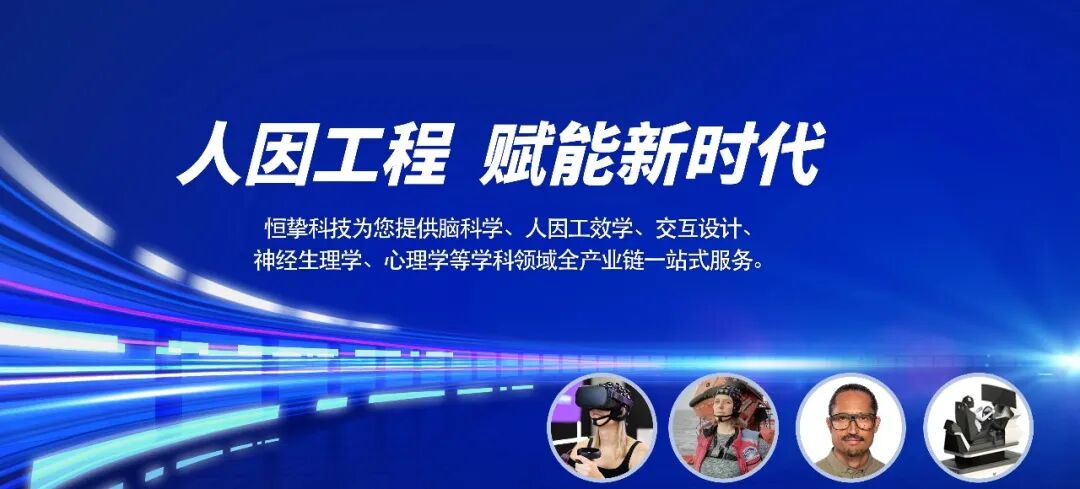


With excellent innovation ability, Hengbest Technology has been awarded many invention patents, software copyrights and registered trademarks, selected in many authoritative lists such as National High-tech Enterprises, and participated in the compilation of national standards and group standards. The company has been serving universities and research institutes for a long time, and has cooperated deeply with many national societies such as the Chinese Society of Ergonomics, the Chinese Psychological Society, the Architectural Society of China, etc. The company organizes and participates in more than 40 academic conferences every year to promote technical exchanges and the development of the industry.
恒挚 Technology upholds the concept of "doing our part for the cause of scientific research", and is committed to becoming a leading scientific research-supporting science and technology enterprise, contributing to the progress of national science and technology and social development, and joining hands with partners from all walks of life to achieve a better future empowered by science and technology.
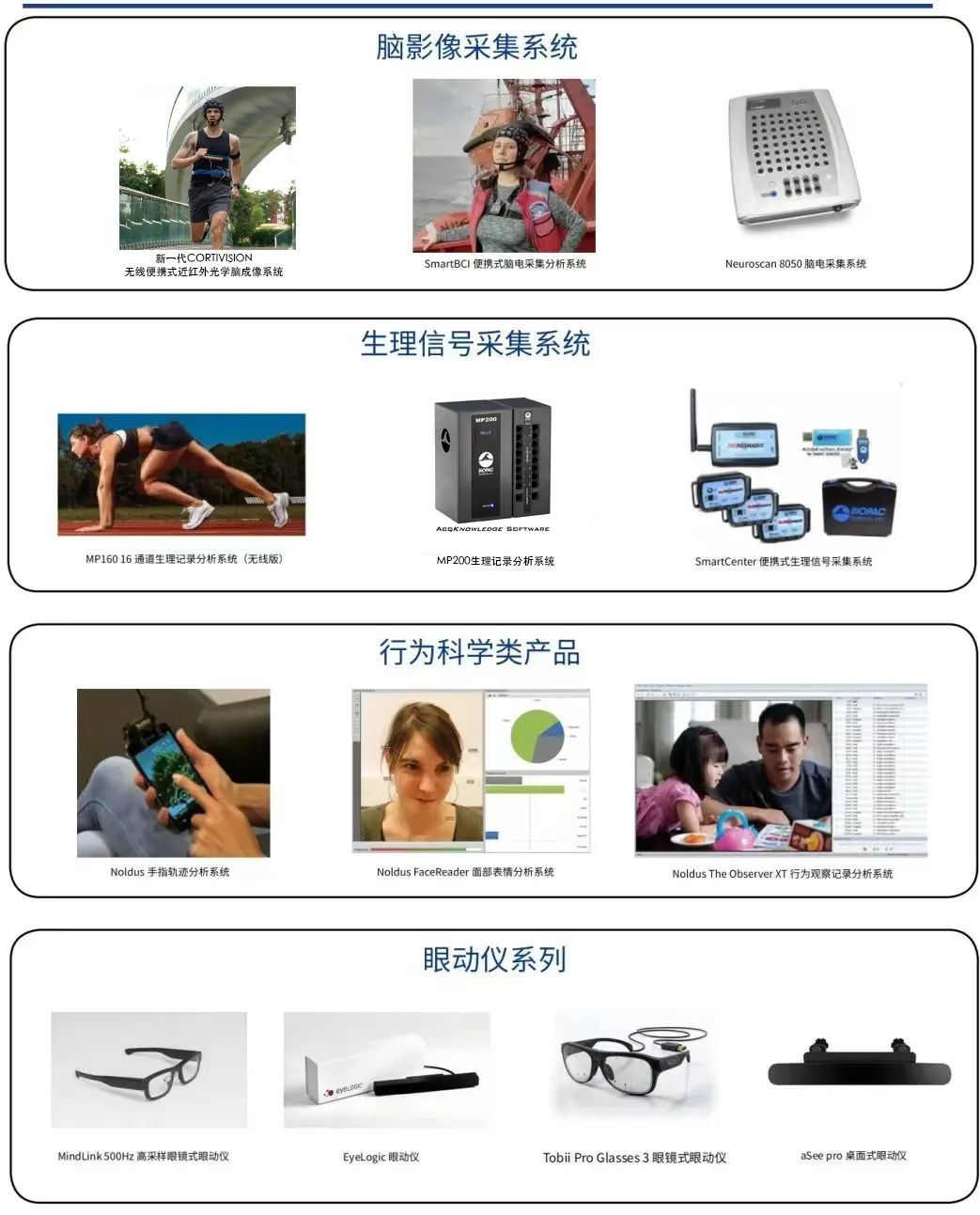


Scan the code to follow us




